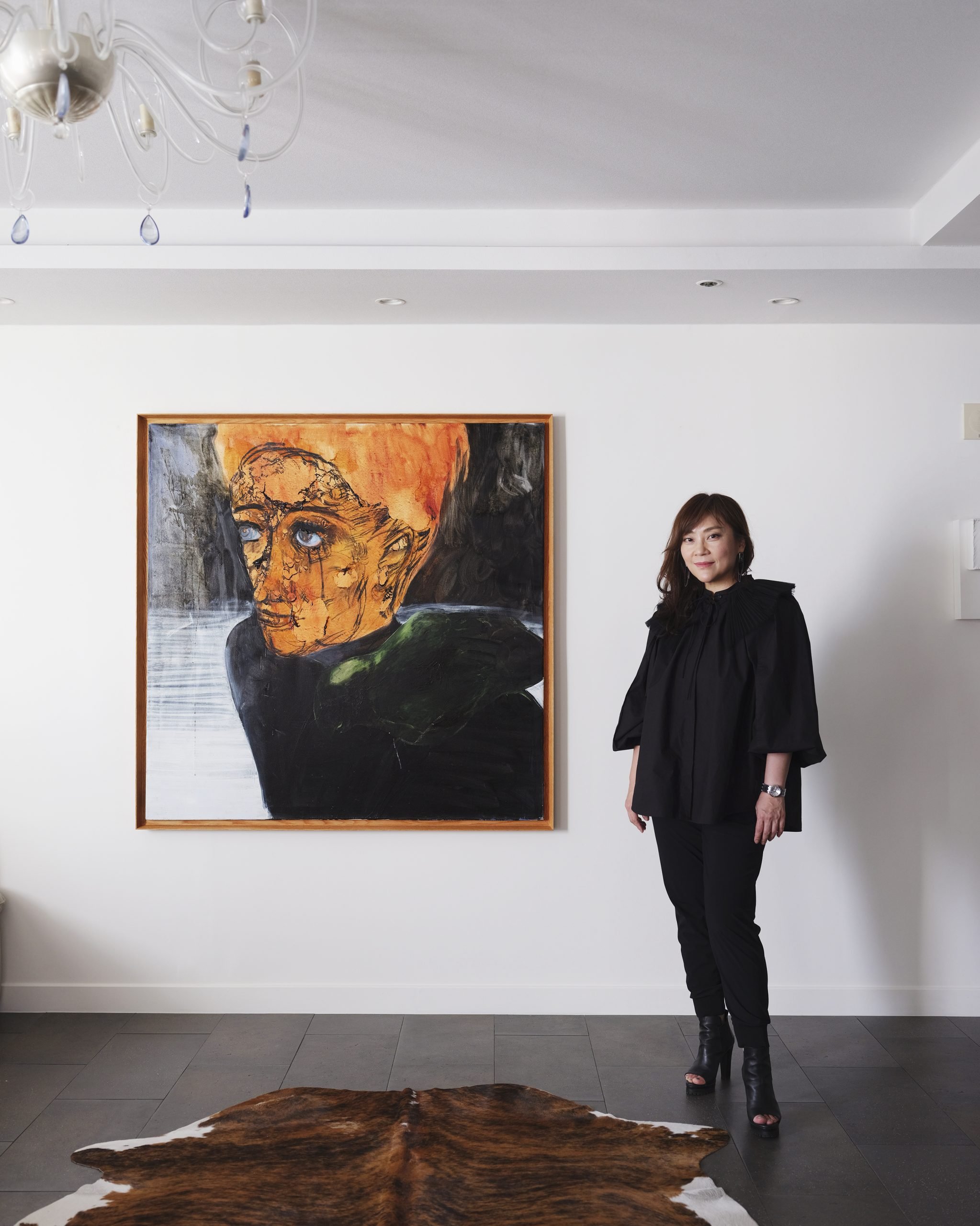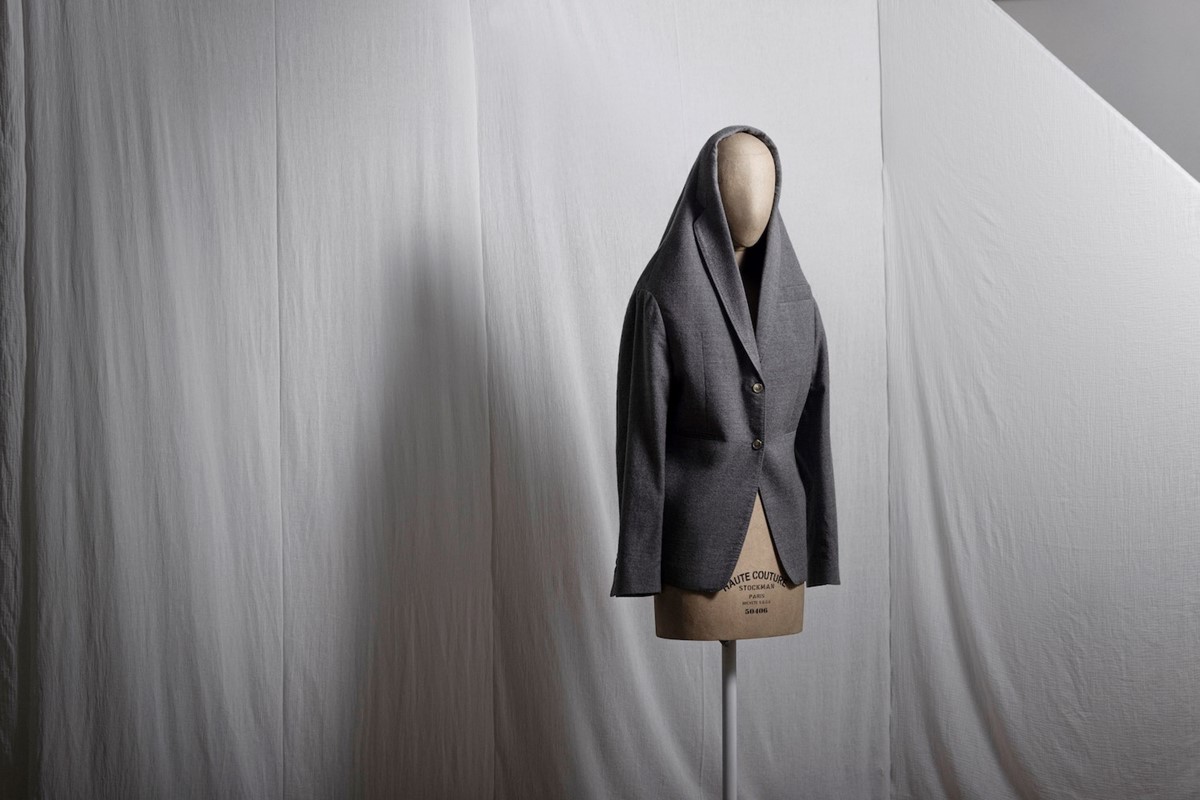Ammo Bunker
2009 - Installation (Installation)
Mario Ybarra Jr.
Ammo Bunker (2009) is a multipart installation that includes large-scale wall prints and an architectural model. The work takes as its departure point the history of Wilmington, Ybarra’s native hometown in southern Los Angeles. The piece refers to a Civil War era ammunition store that Ybarra found at the heart of the harbor close to Long Beach. The facility was later used as a temporary prison to hold different people coming from Mexico to Los Angeles during the Civil War. The building’s walls are covered with different marks and inscriptions from that time—what Ybarra likes to call L. A.’s earliest graffiti and which today coexist with recent gang tags. By pointing out the presence of these two kinds of inscriptions in the same historical place, Ybarra furthers his investigation into the intertwining of Mexican-American and Anglo-American social and cultural histories in Southern California.
Mario Ybarra Jr. belongs to a generation of Mexican-American artists who embrace their double heritage and use it in order to create critical and compelling artistic work. Ybarra is based in Los Angeles, where he grew up, and a large part of his artistic practice has grown out of issues related to his upbringing in the Chicano community of Wilmington. He consistently explores the culture and politics of the West Coast to produce, as he says, contemporary art that is filtered through a Mexican-American experience. Ybarra is not only a multifaceted artist, but also works as an educator, gallerist, activist, and social anthropologist.
Colors:
Related works featuring themes of: » Architecture in Art, » Chicano Art, » Color Photography, » Contemporary Conceptualism, » American
» see more

© » KADIST
Carlos Garaicoa
2010From the series the Old and the New (XI) by Carlos Garaicoa belongs to the series Lo viejo y lo nuevo / Das Alte und das Neue (The Old and the New) which was first exhibited in 2010 at Barbara Gross Gallery in Germany...

© » KADIST
Julio Cesar Morales
2006Julio Cesar Morales’s watercolor drawings, Undocumented Intervention , show a variety of surprising hiding places assumed by people trying to cross into the United States without documentation...

© » KADIST
Julio Cesar Morales
2008The video Interrupted Passage presents a performance Morales staged in the former home of Mariano Guadalupe Vallejo, a mid-nineteenth-century Mexican general serving in California...
Other related works, blended automatically
» see more

© » KADIST
Carlos Garaicoa
2010From the series the Old and the New (XI) by Carlos Garaicoa belongs to the series Lo viejo y lo nuevo / Das Alte und das Neue (The Old and the New) which was first exhibited in 2010 at Barbara Gross Gallery in Germany...

© » KADIST
Julio Cesar Morales
2006Julio Cesar Morales’s watercolor drawings, Undocumented Intervention , show a variety of surprising hiding places assumed by people trying to cross into the United States without documentation...

© » KADIST
Piero Golia
2007Golia’s Untitled 3 is an installation in which a mechanical device is programmed to shoot clay pigeons that are thrown up in front of a white wall...

© » KADIST
Douglas Gordon
2004Douglas Gordon’s single-channel video The Left Hand Can’t See That The Right Hand is Blind, captures an unfolding scene between two hands in leather gloves—at first seemingly comfortable to be entwined, and later, engaged in a struggle...
Related works sharing similar palette
» see more

© » LARRY'S LIST
Yu Ji
The collector is developing projects that allow her to support artists in her own unique way....

© » DAZED DIGITAL
Visit a new exhibition shedding light on man of mystery, Martin Margiela | Dazed â¬…ï¸ Left Arrow *ï¸âƒ£ Asterisk â Star Option Sliders âœ‰ï¸ Mail Exit Fashion Round-up …plus all the other fashion news you missed this week, from a new Balenciaga video game to Robyn Lynch’s London exhibition, and Entire Studios’ Selfridges pop-up 15 December 2023 Text Dominic Cadogan Margiela: In the Void 12 Martin Margiela is as much of an enigma today as he was while at the helm of the brand – which he stepped away from in 2009...
Related works from the » 2000's created around » Los Angeles, California
» see more

© » KADIST
Julio Cesar Morales
2006Julio Cesar Morales’s watercolor drawings, Undocumented Intervention , show a variety of surprising hiding places assumed by people trying to cross into the United States without documentation...

© » KADIST
Jedediah Caesar
2009For Untitled, Caesar encased recycled objects such as scraps of plywood, paper or cloth in resin and then cut and reassembled the pieces into abstract forms...

© » KADIST
Luisa Lambri
2007Rudolph Schindler’s designs, part of a practice he called “Space Architecture,” marry interior with exterior and space with light...
Related artist(s) to: Mario Ybarra Jr. » Abraham Cruzvillegas, » Christina Fernandez, » Claire Fontaine, » Danny Jauregui, » Micki Meng, » Phantom Sightings, » Roman Ondák, » Wattis Institute
» see more

© » KADIST
Claire Fontaine
2006Foreigners Everywhere is a series of neon signs in several different languages...

© » KADIST
Roman Ondak
2003This work needs to be considered in relation to one of his performances during which people were made to queue in front of the Kunsthalle of Frankfurt in 2003 (Tate Collection)...
Related works found in the same semantic group
» see more

© » KADIST
Mohamed Bourouissa
2008Temps Mort is the result of one year of mobile phone exchanges of still images and videos between the artist and a person incarcerated in prison...

© » KADIST
Jill Magid
2016In 1995, the personal and professional archives of the Mexican architect Luis Barragán were acquired (including the rights to the name and the work of the architect) by the Swiss furniture enterprise Vitra...








